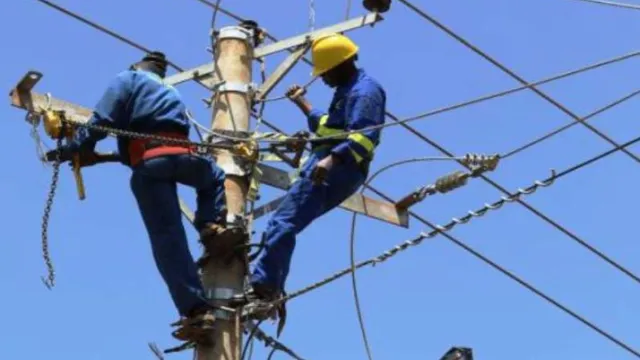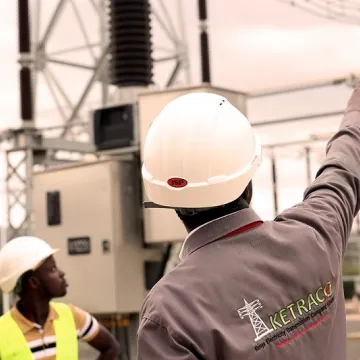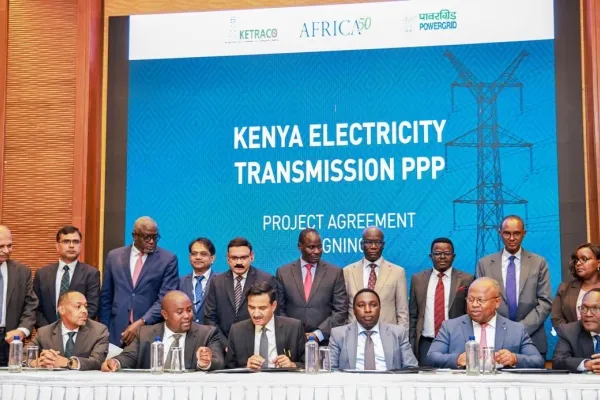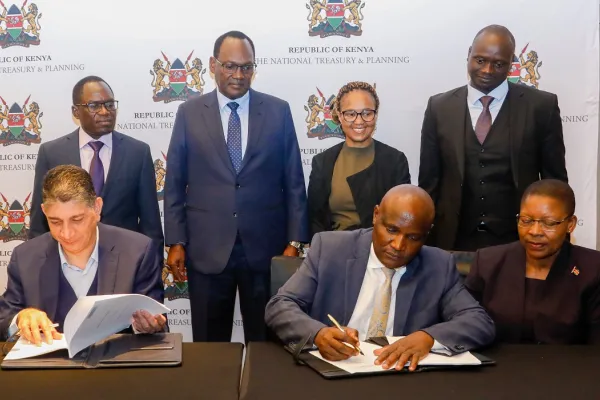Electricity consumption in Kenya hits a new record high

Electricity consumption in Kenya hit a new record high on Wednesday, February 12, with a peak demand of 2,316 megawatts
Electricity consumption in Kenya hit a new record high on Wednesday, February 12, with a peak demand of 2,316 megawatts. In a statement, Kenya Power and Lighting Company (KPLC) noted that demand was 12 megawatts higher than the previous peak of 2,304MW.
“Electricity consumption has hit a new record high with a peak demand of 2,316MW recorded on Wednesday, 12th February 2025. This demand is 12 MW higher than the previous peak of 2,304 MW recorded on 15th January 2025,” read the statement in part.
According to KPLC, statistics from its National Control Centre show that peak electricity demand has grown consistently over the last three years but the growth rate gained momentum in 2024.
The utility also noted that electricity demand in the country exceeded the 2,000 MW threshold towards the end of 2021 and peaked above 2,100 MW in 2022, but remained steady below 2,200MW in 2023 before regaining momentum in June 2024.
“Looking at the trend, it took nearly two years for the peak demand to grow by 200 MW. However, since June last year, peak demand has grown by over 116 MW. This means that in the last 8 months alone peak demand has grown by an average of 14.5 MW per month. Last year we had 7 new peaks, as of December the peak was 2,288 MW by January the peak was 2,304 MW,” KPLC Managing Director Joseph Siror stated.
Kenya Power has attributed the growth in electricity demand to their investment in the stabilization of the National Grid and the construction of key projects including the completion of the Kimuka substation by KETRACO and others like the 33kV double circuit interconnector between Narok and Bomet.
Dr. Siror further stated that the consequent increased connection of new customers to the grid has led to a rise in electricity demand.
“The investment in upgrading transmission lines by Kenya Power and KETRACO has resulted in a more reliable grid. In the last six months, we also connected over 198,535 new customers to the national grid. With improved grid stability and deployment of various connectivity projects, we anticipate a higher growth in electricity demand in the short and medium term,” he added.
The announcement is in line with a recent report by the International Energy Agency that also projects that the world’s electricity consumption is forecast to rise at its fastest pace in recent years, growing at close to 4 percent annually through 2027 as power use climbs in a range of sectors across the economy.
Electricity 2025, which is the latest edition of the IEA’s main market analysis of the sector, forecasts that the surge is primarily driven by robust growing use of electricity for industrial production, increased demand for air conditioning, accelerating electrification, led by the transport sector, and the rapid expansion of data centres.
“The acceleration of global electricity demand highlights the significant changes taking place in energy systems around the world and the approach of a new Age of Electricity. But it also presents evolving challenges for governments in ensuring secure, affordable and sustainable electricity supply,” said IEA Director of Energy Markets and Security Keisuke Sadamori.
According to the report, electricity demand in Kenya rose by an estimated 3.2 percent annually from 2018-2024 and has been forecasted to increase by an annual increase of 6.5 percent during 2025-2027. “We anticipate Kenya to continue to see strong growth in renewables, rising annually by 6 percent in the next three years,” reads part of the report.
Notably, the report also states that clean energy sources make up 90 percent of the electricity generation mix. “According to IEA analysis, Kenya is on track to achieve its Sustainable Development Goal 7 (SDG7) of universal access to electricity by 2030, with the access rate reaching 79 percent in 2023,” says the report.
“Improvements can be attributed to the Last Mile Connectivity Project (LMCP), aimed at speeding up the electrification efforts, which has connected almost 750 000 households since its launch in 2015. Further, from 2022 to 2024, Kenya increased its power distribution lines by 2 600 km, representing 3.2 percent growth.”
Wind and solar PV experienced the largest yearly generation growth from 2018-2024, at 63 percent and percent, respectively, and they are expected to continue strong growth over the 2025-2027 period, albeit at lower rates, at 12 percent and 28 percent respectively.




